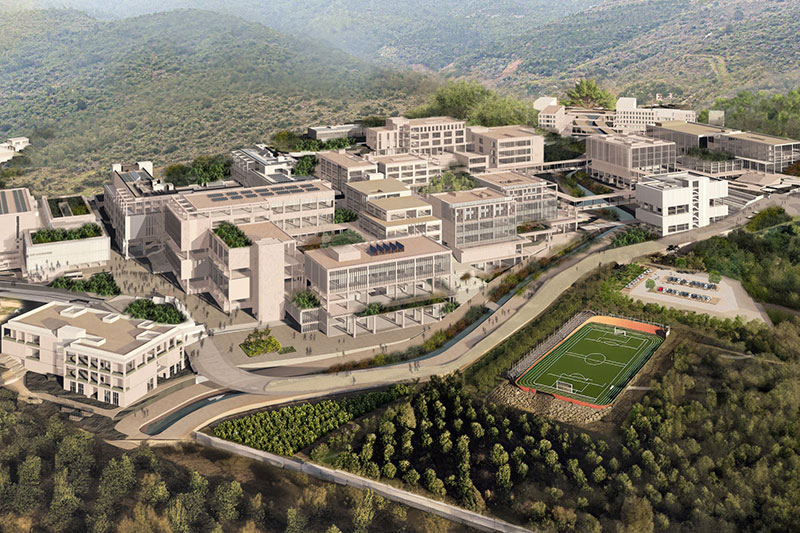Special designs for the power plant

Students from the Department of Interior Architecture and Environmental Design at Izmir University of Economics (IUE) created special designs for the Izmir Power Plant, built in 1928 in Alsancak and considered one of the city’s cultural heritage sites. Focusing on the interior design of the historical building, the students designed showrooms, offices, and stores for fictional clothing brands they developed, creating concepts that preserved the building’s unique texture. Considering every detail from materials, colors, and textures to natural and artificial lighting design, the students displayed their work at the University through visual panels, technical drawings, and architectural models.
22 students taking the third year studio course at the IUE Faculty of Fine Arts and Design, Department of Interior Architecture and Environmental Design, completed their projects over a period of about 4 months under the guidance of Assoc. Prof. Dr. Deniz Avcı and Lecturer Master Architect Gözde Özder Çakır. Embracing the concept of adaptive reuse and aiming to preserve the historical structure, the students’ successful projects received high praise.
“PROFESSIONAL AND EYE-CATCHING”
Assoc. Prof. Dr. Deniz Avcı stated that they had a very productive and successful study period with the students. Highlighting that the students created professional and eye-catching interior designs, Avcı said, “As part of the interior architecture and environmental design studio course, we asked our students to develop their own clothing brands and design showrooms, headquarters, and stores accordingly. For these designs, we focused on transforming a section of the historical Izmir Power Plant.”
“CREATED DESIGN DIVERSITY”
Stating that the Izmir Power Plant is an important piece of industrial heritage from the Republican era, Assoc. Prof. Dr. Avcı said, “Our students analyzed the structure with this sensibility and developed proposals. We took into account all prominent aspects of the course, from furniture, material, and lighting choices to color and texture preferences. Students created design diversity in terms of preserving and carrying the historical structure into the future. We congratulate all the students who participated in this project.”































